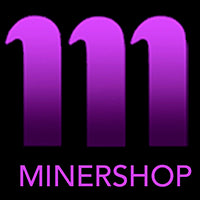
Fluorescent Green Agate from Scott's Gulf, Smryna, Tennessee
A major component of rock collecting (for us) is simply getting out in nature. A buddy dragged us out to a very remote area here in middle Tennessee to hunt for fluorescent green agate. Since we consider ourselves pure "Glow Hounds" we weren't anticipating any glow rocks, just the beauty of the area, but we brought our UV lights anyway.





